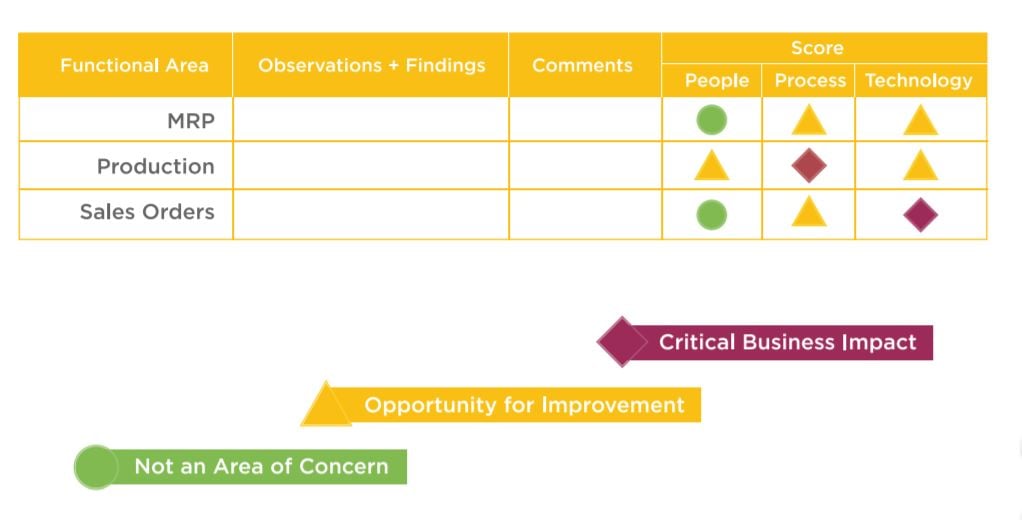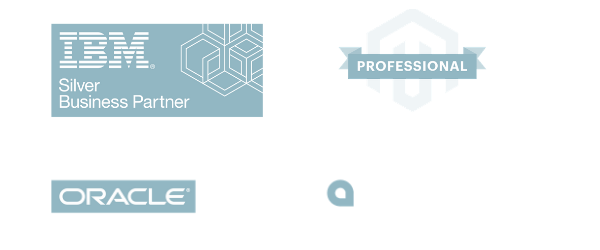
This client is a distributor of brake repair and replacement parts and assemblies. As experts in brake and hardware for over 40 years, they have the most comprehensive product line coverage and are the largest provider in North America. They supply the automotive aftermarket by selling their products through auto parts dealers.
Headquartered in Ohio, the client now shares a distribution facility with a sister company in Indiana. This has allowed them to expand their product line to include brake hardware for
disc brake vehicles, drum brake hardware, self-adjusting parts, disc brake pistons, caliper repair kits, steel brake lines, brake pad electric wear sensor kits, and parking brake kits.

When evaluating past purchases, our client found that they were over-ordering on slow-moving products and under-ordering on items that were moving much quicker. These purchasing decisions were being made based on their demand forecast, which should have been providing them with accurate numbers. The standard JD Edwards forecasting functionality can be incredibly helpful, but the client was having some trouble getting accurate demand forecasts for their inventory. Along with inaccurate demand forecasts, they were having trouble keeping track of
what inventory they did have, due to a disorganized warehouse tracking process.
Additionally, although the client had been running JD Edwards as their ERP for years, recent retirements and staff turnover meant that their current team members needed additional training on JD Edwards and necessary business processes.
With their new forecasting formula, the client can now generate a demand forecast that more closely resembles their actual demand. By being able to better inform their purchasing process they can maintain a proper balance of inventory based on customer demand.
RF Devices
By leveraging RF devices in the warehouse, they have a much better idea of the location of a piece of inventory at any given time. This particular solution was a low-effort/high-impact change because the solution already existed. They did need new tools or software, they simply had to adjust the existing process. Instead of accounting for everything in the backflush at the end of a shift, floor personnel were trained to track materials through the process.

The key to an effective business process review is to have the right people at the table and leading the discussion so that effective communication happens. Without these critical pieces in place, it is difficult to accurately assess the issues. During the site visit, the team walked us through their business processes which allowed us to identify where issues were occurring and how the client was leveraging their JDE software.
As a result of the BPR, our team was able to make recommendations on changes to be made to certain functional areas. Each of these areas had multiple findings and recommendations that identified ways in which the client could be better leveraging JD Edwards to solve their fulfillment issues. The resulting report provided a list of priorities grouped by effort, timing, and impact.
Functional areas identified during this BPR included:
Check out the related blog: Why do a Business Process Review
Typically, in manufacturing, the warehouse issues everything to the bill of material when the components are pulled from stock and staged. In a backflush, however, the materials aren’t issued until the order is complete and the person completing it records it in the system. This means the materials are being physically moved around the shop floor without their movements being accounted for in the system. This makes it much harder to keep track of raw material and component inventories – both quantities on hand and their physical location in the warehouse.
Until that backflush happened, another person trying to locate a completed order or any of the materials needed to create that item didn’t know what materials were in process and where. As a high-volume shop with quick-moving items, this was a huge issue. We recommended the use of RF devices that the client was already using to record transfers as a solution to the fulfillment issues. Floor personnel could then track an item’s movements from the stock location to assembly floor, so that others could easily find said item. Just as the RF device is used to track an item from receiving to warehouse, it could now be used to track the item from the warehouse to assembly.
"People first, technology second. Our project methodology focuses on listening, learning and understanding our customer's pain points; only then do we design technical elements that help our customer achieve their business goals."
Bill Onion, Managing Director, Briteskies
Subscribe to stay on top of the latest eCommerce and ERP industry tips and trends delivered straight to your inbox.

For the past two decades, we've made it our business to help you work smarter. From commerce challenges to ERP customizations, we support the power of your big ideas by helping you work more strategically, more intuitively, and more efficiently.